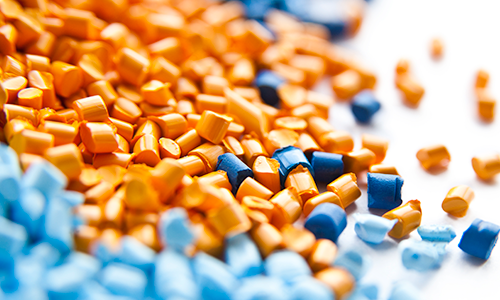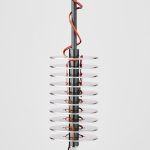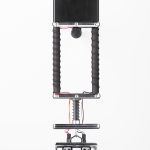Thermal Analysis of Food Coloring Material by DSC
Thermogravimetric Analysis (TGA), which provides information about the thermal stability and decomposition rate of materials, is an excellent technique for rapidly comparing the behavior of materials tested with different flame retardants.







